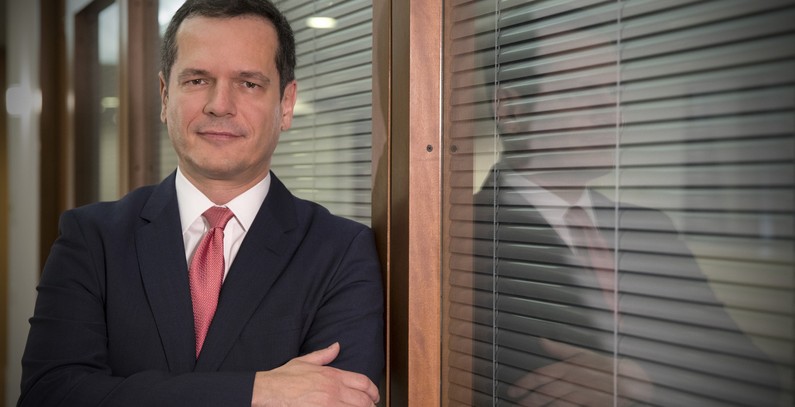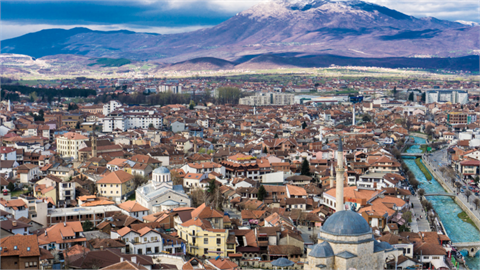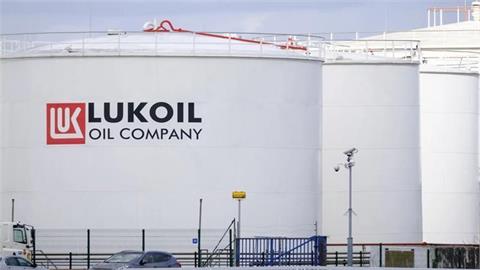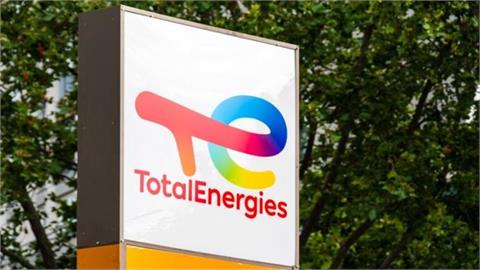The establishment of the Regional Security Coordinator (RSC) for Southeast Europe (SEE) is an important step towards European integration in a synchronous zone, by integrating two capacity calculation regions: Greece-Italy and Southeast Europe, said Manos Manousakis, CEO
The establishment of the Regional Security Coordinator (RSC) for Southeast Europe (SEE) is an important step towards European integration in a synchronous zone, by integrating two capacity calculation regions: Greece-Italy and Southeast Europe, said Manos Manousakis, CEO and Chairman of the Independent Power Transmission Operator – IPTO or Admie.
In an interview with Balkan Green Energy News he explains the next steps in the development of the RSC for SEE, pictures the future of market integration in the region and the European Union and reveals IPTO’s investment plans.
In November, IPTO, ESO and Transelectrica have agreed to establish the RSC for SEE in Thessaloniki. What is the significance of this deal?
We are delighted that the SEE RSC will be established in Thessaloniki by the Greek, Bulgarian and Romanian and Italian (Terna) transmission system operators (TSOs). We expect the company to be set up by the end of February and to go fully operational by the summer.
The company will provide services to the TSOs, such as a regional model of the grid for advanced calculations, and indicating to TSOs which remedial actions are the most cost efficient, without being constrained by national borders.
Therefore, the company will allow for a significant increase in secure system operations, additional transparency in calculations and maximization of the capacity provided to the market and an overall reduction of market and operation costs for its shareholders and service recipients.
This is a big step towards electricity system and market operations coordination in the SEE area and an exemplar of regional cooperation.
One of the next goals of your cooperation is to ensure that further TSOs join the new RSC. Can you tell us something about the agreement with the Italian TSO and the discussions with TSOs of other Balkan countries?
With the latest milestone decision that the involved parties took in December, theItalian TSO, Terna, becamea stakeholder in the SEE RSC from day one along with IPTO, ESO EAD and Transelectrica.
This means that the SEE RSC becomes an important step towards European integration in a synchronous zone, by integrating two capacity calculation regions: Greece-Italy and Southeast Europe.
One of our major goals of establishing the SEE RSC is to enable the involvement of as many EU member states and non-members as possible. We will facilitate and enforce this process, through the excellent relations with ENTSO-E and the other Balkan TSOs. The synergies in the region and the robustness of the project are a step in the right direction.
What is the future of the integrated electricity market in Southeast Europe as well as in Europe?
Southeast Europe electricity markets are certainly less developed compared to central or northern European markets. However, it is evident that big steps are being taken in our region in recent years.
We see the traded volumes of power exchanges rising, more forward products and contracts and overall greater market liquidity which reflects the increase of energy investments in the region. The next step for regional markets is to integrate into the European common market model.
When the interim coupling of 4MMC countries takes place, then the region will be fully integrated with the European common market. This will provide the opportunity for non-EU countries and markets to join this market by ad hoc bilateral or regional projects.
The Greek TSO is willing to actively support any regional initiative towards this direction.
Regarding the integration of electricity markets in Europe, the next big step is the implementation and operation of European balancing platforms.
The TERRE project has already been successfully launched – a very good sign for the success of all our common projects that will allow for the integration of all stages of the European energy market.
Can you tell us something about IPTO’s investment plans?
IPTO is strengthening and expanding the mainland power grid to allow more renewables to integrate into the Greek electricity system. In the next couple of months, the Peloponnese will connect to the grid by a new 400kV power line allowing for more RES producers to start operating – a procedure that has stalled for more than seven years because of the saturation of the region.
For the next decade, however, the islands lie at the core of IPTO’s growth strategy, budgeted at EUR 5 billion. According to the ambitious 10-year plan that was put out to public consultation recently, almost no Greek island will be isolated or burn dirty fuels to produce electricity by 2030.
The energy isolation of the islands will be ended as the size of the country’s electricity market grows and that’s why IPTO is accelerating these interconnections in order to catch up with the national energy transition goals.
At the moment, IPTO is rolling out more than 300 kilometers of cable at depths of up to 550 meters, linking dozens of far-flung islands in the Aegean and the Ionian seas. The Cyclades are being gradually interconnected and by 2023 the entire complex will go online – a project of a total value of EUR 400 million.
Crete is projected to connect to the grid with two major undersea cables –a 134km AC cable and a 375km DC cable- both of which will hit the world record in terms of length.
The challenges of the Greek seas are unique but the highly qualified engineers of IPTO have done an excellent job designing the lines and the specifications of those two major projects, using state-of-the-art technologies and environmentally friendly materials.
At the same time, IPTO is going digital. Recently, energy control centers have been upgraded with the installation of digital displays. Also, we are developing artificial intelligence systems to calculate the losses and the impact of RES on our network. Sooner than we think, artificial intelligence will be a necessary – rather than an optional – tool for TSOs to run their day-to-day business.




